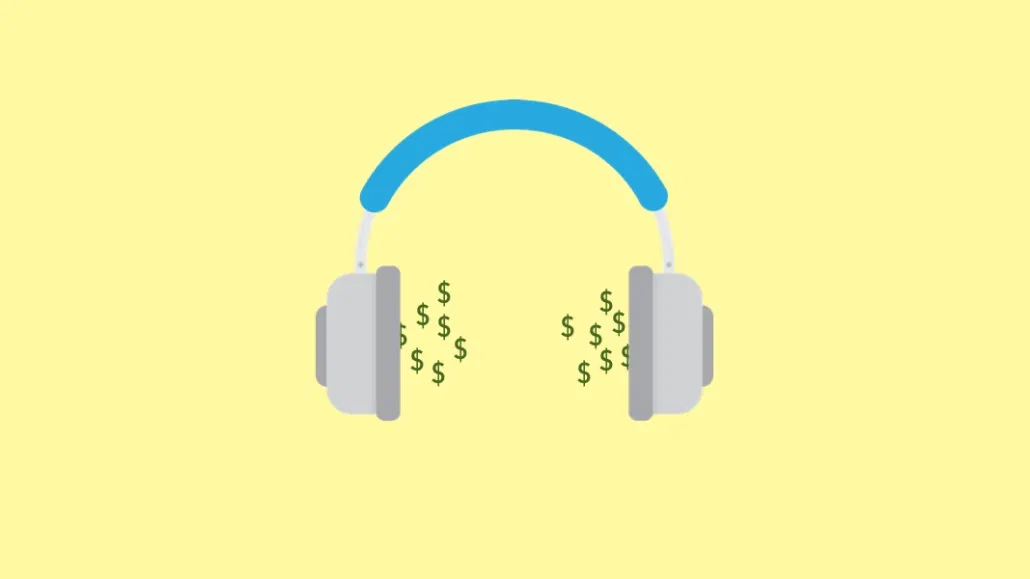Register by Jan 13 to save on passes and connect with marketers from Uber, Bose and more
75% of people watch mobile videos on mute: What that means for advertisers

Dan Greenberg, president, Sharethrough
Recent research into mobile video consumption behavior illustrates a change in human behavior that has implications for the shifting media landscape. Data shows that, unsurprisingly, rather than keep the sound on, 63% of people keep their phone on mute.
What may be surprising is that 75% of people say they often keep their phone on mute even while watching a video. While the percentages vary by generation (85% for Millennials versus 64% for Gen X), the trend is universal — behavior has changed, and videos are more often watched on mute than with sound.
The way content is consumed online has altered significantly over the last few years as well. Consumers are now navigating mostly through feeds rather than individual pages and engaging with content on platforms where nearly all ads can be skipped, blocked or muted.
In 2021, brands are planning to allocate more than half of their overall video advertising budget to digital videos, and 75% of video ads will be watched on mobile devices. In a world where mobile video is largely muted, brands and agencies must adapt their creative strategies to that reality.
TV has now become the second screen to mobile devices
For years, mobile devices were referred to as the “second screen” to TV — a place to check scores, look up stats or learn more about TV programming. In today’s world, the primary attention is now on the phone itself, with the TV as a secondary device.
Facebook data shows that 94% of people keep a smartphone in their hand while watching TV, with primary focus shifting between the phone and the TV screen.
And, no surprise, when it is time for the commercial to start, over 78% of people bring their primary attention back to the phone already in their hand.
Consumers have shifted to reading captions while watching video, both on mobile and TV
For many whose primary video consumption happens in feeds on Instagram, Facebook, Snapchat and beyond, where text-based captions are the norm, anecdotal evidence shows that watching TV without captions makes it harder to comprehend the meaning, even with sound.
Research conducted by Sharethrough explored this phenomenon further, discovering that across all age groups, the majority of TV is watched with captions, regardless of whether the sound is on. And this trend has accelerated with younger generations — more than half of Gen Z have the captions turned on while watching TV.
This data suggests that if the main content is captioned for comprehension, but the ads are not. And so, marketers are leaving their viewers guessing “what was that about?”
Video captions: Enhancement or distraction?
To help provide further context for the importance of video captions, an experiment designed to determine the effect that headlines and video captions have on comprehension and understanding was also conducted.
The company took 750 people and put them into four experimental groups, showing each group the same ad in a feed, but with varying captions and headlines around the ad. These placements were presented in different ways: with and without headlines, inside and below videos, and each person was then asked a series of questions to test message comprehension and understanding. The results were quite conclusive — adding captions to video ads increases comprehension rates by 56%.
In fact, when indexed against the baseline comprehension rates for non-advertising content on the page, those surveyed comprehended the meaning of video ads with captions at the same rates as they did the meaning of any other editorial content on the page. This information is a holy grail for advertisers.
Adapting video to human behavior
As human behavior online has changed, the industry needs to follow suit.
Marketers must begin to demand ad formats that respect the user’s desire to read along as they watch. Creative agencies and production companies must acknowledge that most people (75%) watch mobile videos with the sound off, and that content needs to adapt to that reality. And programmatic buyers and agencies must tap into supply sources that deliver ads designed for human comprehension, with headlines, captions, and natural integrations to pages and feeds.
When brands respect people, people respect brands. For the past eight years, Sharethrough has run various eye-tracking and neuroscience research, as well as linguistic and psychographic studies, working to help marketers better understand how to design ads for comprehension and understanding.
With a better understanding of how people consume and interact with content and the impact of reading comprehension in advertising, technology can help marketers tailor their programmatic campaigns and advertising experiences to real humans.
More from Digiday

OpenAI’s countdown: monetization, ads, and a Google-shaped threat
With fierce competition from Google et al, the clock is ticking for the AI company to launch its ad business.

Crisis, culture and costs: The new reality of the modern CMO
Crisis, culture and cost pressures are reshaping the modern CMO into a revenue-driven strategist uniting marketing, communications and finance.

Digiday+ Research: The marketer’s guide to AI applications, agentic AI, AI search and GEO/AEO in 2026
Digiday’s annual AI report explores how marketers are navigating the opportunities and challenges AI brings as it becomes an indispensable piece in their toolkits.





